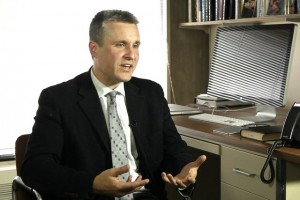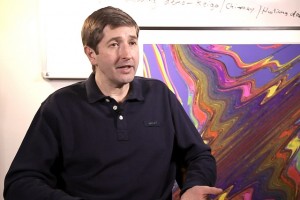Nonlinear Dynamics in Electrochemical Systems
MIT Prof. Martin Z. Bazant on electrical double layer, electroosmotic flow, and deionization shock
What are the connections between superconductivity and superfluidity? What is the current state of the theory of high temperature superconductivity? John D. MacArthur Professor of Physics at Massachusetts Institute of Technology and Nobel Prize winner in Physics Wolfgang Ketterle explains how fermions pair to form Bose-Einstein condensate.
Bose-Einstein condensates are a new form of matter, which is a gaseous superfluid. A superfluid which is very dilute and it has such low density that it is a gas. The Bose-Einstein condensate as a gas has a density which is a billion times more dilute than superfluid helium. It’s also about a million times more dilute than air at atmospheric conditions. So at all they are very, very dilute gases. What makes it interesting is that very dilute gases are simple to describe, simple to understand, so we have many different possibilities to learn something about superfluidity and test superfluidity using ultracold gases.
If you have a gas of bosonic particles and we cool them down, they form a Bose-Einstein condensate. However, for fermions this is not possible. The Pauli exclusion principle does not allow two fermions to be in the same quantum state. So therefore they cannot all go into one quantum state as bosons in the Bose-Einstein condensate. But that doesn’t mean that it’s impossible to have a Bose-Einstein condensate of fermions. What we have to do is we first have to from pairs of fermions. Two fermions as a pair are now a composite boson. When fermions pair, then they can achieve superfluidity in the form of Bose-Einstein condensation of atom pairs.
One of our dreams is that we can do a quantum simulation of high-Tc superconductors. That we try to build a model of a system of fermionic atoms, where we would put in what people think is a mechanism for high-Tc superconductors and validate those ideas or may show that the ideas people have about high-Tc superconductors are not sufficient to explain the mechanism.

MIT Prof. Martin Z. Bazant on electrical double layer, electroosmotic flow, and deionization shock

Astrophysicist Santiago Pérez-Hoyos about the Mars' atmosphere, Pancam instrument, and Purkinje effect.

Harvard Lecturer Ronald Walsworth on methods of exoplanets discovery, reference for spectral measurements, and...